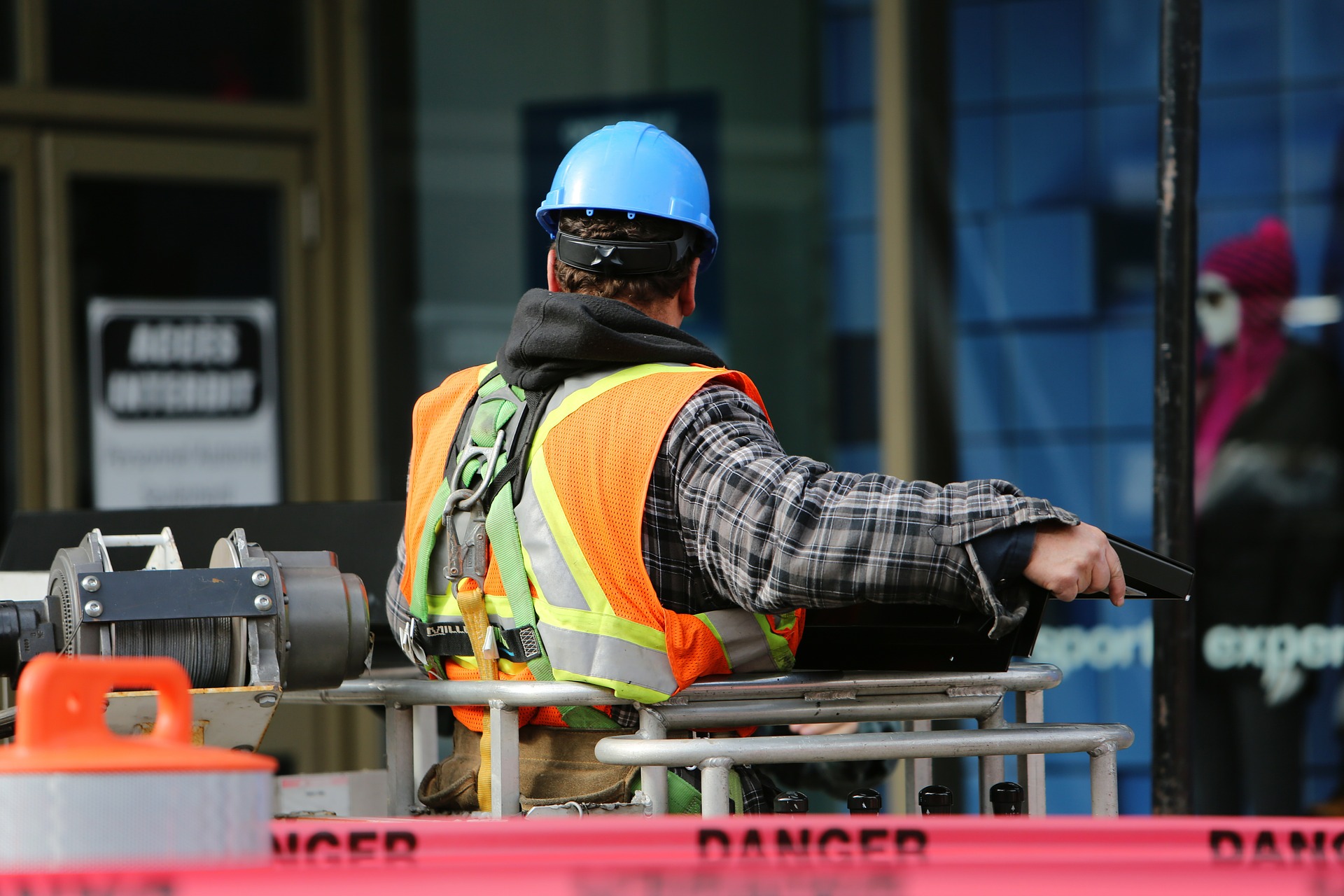Looking to improve safety on your construction site? It’s easier said than done, but there are plenty of measures you can take to reach this goal. While worksites tend to be inherently dangerous, they don’t have to be death traps. Plenty of construction sites don’t utilise all of the tools and resources at their disposal to improve safety, which can increase the risk of worker and bystander injury.
We’ll cover some tips that can help you turn your worksite into a bastion of safety. Here are a few of the most notable ones.
Plan ahead thoroughly
A good plan doesn’t just help you organise the worksite, it also makes it much safer. If you can ensure that all activities and tasks are timed and delegated properly, you can avoid any confusion on the construction site.
Prework activities and preparation should be taken care of before a project begins. Implement zoning to block off dangerous areas in advance, and make sure that workers know which areas to avoid if they aren’t working there. Stock work areas with the right tools and equipment ahead of time, so that workers don’t need to transport them as they work. This will help save time and make the worksite a lot safer in the process.
Use tech to your advantage
It should go without saying that technology can make work on a construction site much easier. After all, much of the tools and machinery we use on the worksite are quite advanced. However, there are more indirect ways that technology can improve worksite efficiency and safety.
In recent years, worksite managers have started incorporating drones during inspections and observations. This allows them to get a good view of angles that they couldn’t see during a normal inspection. Plus, they don’t have to navigate around the dangers of the worksite as they perform an inspection.
Smartphones and tablets can be used to share project data with workers and speed up communication. Instead of taking everyone out of their designated area for a meeting, you can convey all the necessary information digitally. This will minimise interruptions and allow workers to stay focused on their current tasks.
Evaluate the worksite
Before you can implement any safety solutions, you first need to figure out where the hazards are located on the worksite. While some hazards are easy to spot, others may be a bit more subtle and could cause trouble in specific situations. This is why thorough evaluations need to be performed regularly on construction sites.
Casually observing the worksite won’t be enough to detect potential hazards. You must focus your full attention and determine what could cause harm to workers and passersby. Some of the most obvious dangers on a worksite include falls, caught-ins, slips, electrocutions, and more. Every part of the site should be analysed based on these potential hazards, but others need to be considered as well. Thinking outside the box can help, as some dangers might only be present in specific situations that don’t occur often on the site.
Use proper signage
Signs are critical parts of worksite safety. It’s highly unlikely that workers will know where every hazard is located by heart. Plus, keeping all of this information in mind while transporting tools and materials can be challenging. As a result, signs can serve as helpful reminders to avoid certain areas and tools when they are in use. This is especially important when there are lots of passers-by near the construction site. They may be unaware of the dangers near the site and should be reminded with clear, concise signs.
You should get a wide variety of safety signs to match the needs of your construction site. Make sure to cover everything from slippery surfaces to areas that machinery frequently goes through. Cones and wet-floor signs will come in handy. Full-colour, durable corflute signs can be placed on facades and fences to alert passersby that construction work is ongoing and that danger is present in the area. These signs are lightweight and strong, so you can move them around as construction continues in other parts of the site or even other sites.
Provide safety training
One of the most important measures you can take to improve construction site safety is to train employees for various situations. Being aware of worksite hazards isn’t enough if they are unable to avoid or deal with them. Because of this, safety training has become an essential part of construction site work.
The main focus of the training should be to cover the most common mistakes and injuries that occur on the worksite and how to avoid them. At the same time, there should also be mention of safety risks and previous incidents that can serve as lessons in what not to do.
Deliver training in a simple and easy-to-digest format. You want every worker to have a good grasp of the hazards and dangers present on the worksite, and they need clear instructions for what to do if something goes wrong.
Conclusion
There are many safety factors that you need to consider for any given construction site. Whether we’re talking about wet floor signs or proper communication between workers, everything needs to be covered for optimal safety. If you’re looking to improve safety on your worksite, you should implement some of the methods we’ve covered above. They can have a massive impact on safety and reduce the chances of worker or bystander injury.
















